bigchap
New Member
- Posts
- 762
- Location
- frimley green,surrey
a 1972 series 2?,series 3 came out in 1971.
a 1972 series 2?,series 3 came out in 1971.
post a picAs I'm new to this game - is there an easy way to identify the different series? Ready for the onslaught but I genuinely want to know.............
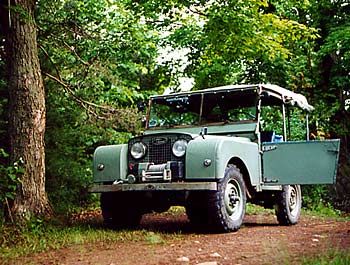
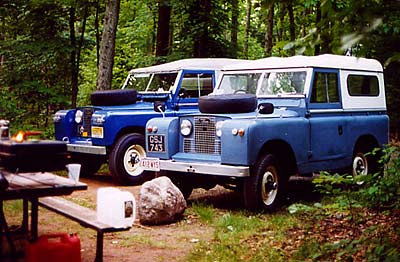
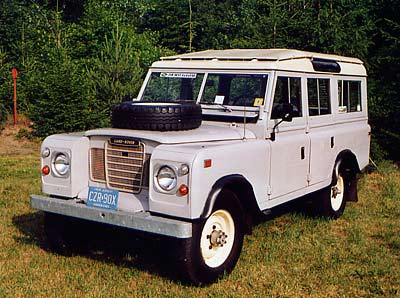
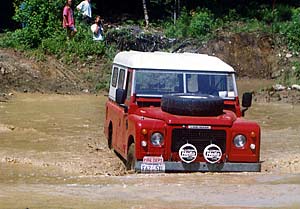
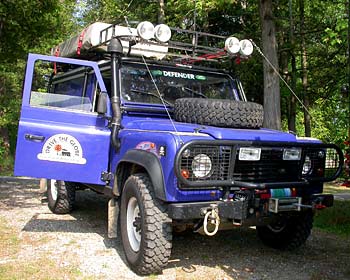
ok...i might have that bit wrong...thanks for the correction
Welcome To LandyZone, the Land Rover Forums!
Here at LandyZone we have plenty of very knowledgable members so if you have any questions about your Land Rover or just want to connect with other Landy owners, you're in the right place.
Registering is free and easy just click here, we hope to see you on the forums soon!
